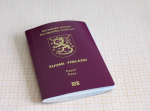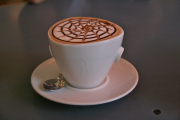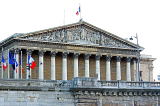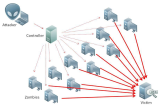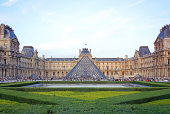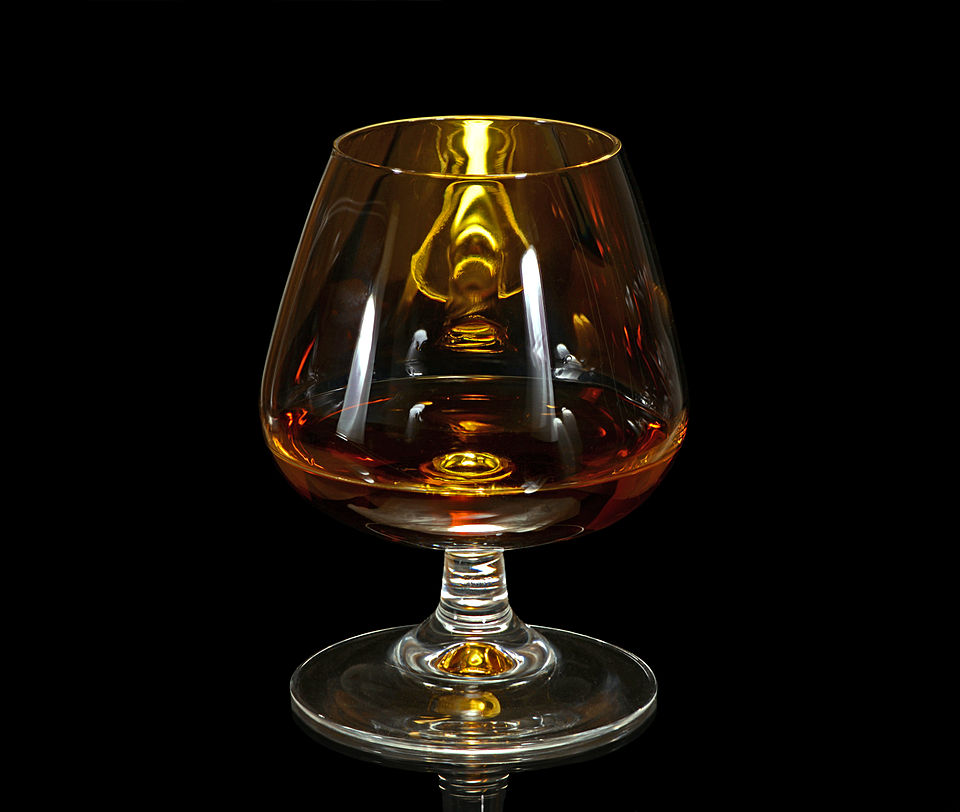
In the heart of southwest France’s famed Cognac region, Christophe Fillioux is making a painful decision. For the first time in generations, he’s ripping out vines from his family estate — a
vineyard that's weathered wars and economic storms for over 130 years. Now, it faces a new threat: politics.
This week, former U.S. President Donald Trump announced sweeping 20% tariffs on all European goods, delivering another blow to France's $3 billion cognac industry. The move follows months of mounting pressure from global trade tensions, particularly with China.
Back in October, Beijing hit French cognac with tariffs in retaliation for EU duties on Chinese electric vehicles. Since then, sales to China — the industry's second-largest market by volume — have nosedived by more than 50%.
The situation is just as grim in the U.S., the world’s top cognac market, which accounts for every second bottle sold. Trump’s new tariffs have shaken growers and producers across the region.
Standing in a vineyard his father planted in 1980, Fillioux, a fifth-generation cognac maker, calls the situation “very hard to navigate.” Already, he’s removed half a hectare of vines and plans to uproot another 1.5 hectares next year as part of a broader industry effort to reduce output.
Worse could lie ahead. Trump has threatened 200% tariffs on European wine and spirits if the EU retaliates by targeting U.S. bourbon.
Last year alone, France exported about €1 billion ($1.1 billion) worth of cognac to the U.S., which is also France’s largest wine market. Sales rose 8% in 2024 as buyers rushed to stock up ahead of potential price hikes.
Trying to adapt, Fillioux is now exploring markets in Thailand, Vietnam, and Nigeria. Unlike many producers, he owns his brand outright and carries little debt, giving him more flexibility. “Problems are part of a vintner's life,” he says. “You take the good with the bad.”
Industry under pressure
Even before the trade clashes, cognac producers were feeling the squeeze. A global slump in luxury spending has slowed sales over the past two years, after a COVID-era boom led to overproduction. Encouraged by demand in 2022, producers had expanded their vineyards — many now find themselves overextended and in debt.
“We’re trying to manage things with the banks,” said Florent Morillon, president of the Bureau National Interprofessionnel du Cognac (BNIC), which represents both growers and major houses like Hennessy, Martell, Rémy Martin, and Courvoisier. “We made business decisions based on demand. Then, external shocks hit.”
Today, the industry exports 97% of its production, a model deeply tied to global trade since the 17th century when Dutch, Irish, and British merchants helped shape the business. But that same international exposure has made it highly vulnerable.
In February, BNIC slashed annual production limits for the third year in a row — now just half of what was allowed in 2022 — citing a collapsing global market and deteriorating economic outlook.
Local official Jerome Sourriseau says the worst may still be ahead. “We’re only at the beginning of the crisis,” he warns. Job cuts have already started, particularly among seasonal workers, while some suppliers are laying off staff.
The broader industry — including barrel-makers, cork producers, and packaging companies — supports about 70,000 jobs in the region. And even those tied to U.S. winemakers are feeling the strain. Jerome Schmitt, head of Tonnellerie Vicard, a historic barrel-making company, said American clients are already slashing orders in anticipation of the tariffs.
A unique U.S. connection
Cognac has long had a special place in American culture — particularly within the Black community. U.S. soldiers discovered it during WWII, and brands like Hennessy began advertising heavily in urban markets during the '90s and 2000s. Jay-Z launched his own label, D’Ussé, in 2012, and Hennessy became an NBA sponsor in 2021.
Still, even before the tariffs, U.S. sales were softening. Analysts say rising prices alienated middle-class consumers, and many have turned to other spirits like tequila and whiskey.
“The American market for cognac is largely limited to certain demographics in a few cities,” said Thomas Mesmin of the MAD luxury consultancy. High-end cognacs tend to go to Asia, while the U.S. market favors mid-range bottles priced between $36 and $60.
With prices already under pressure, Morillon predicts producers won’t be able to fully pass on the cost of new tariffs. “Even a $1–$2 increase can disrupt demand,” he noted.
Facing a fading future
For some, the outlook is bleak. Pascale Dupuy, a fourth-generation grower near Ambleville, said he's planning to distill less this season and instead sell grapes to bulk winemakers just to cut his losses.
Dupuy says Rémy Martin has already halved its contract with him, and he expects Hennessy to follow suit — a blow that could slash his income by 40%. His daughter has no plans to take over the business, and Dupuy fears he may be the last of his line.
“Every year, there’s a new problem,” he said. “You start to wonder if it’s even worth it anymore.” Photo by Didier Descouens, Wikimedia commons.
















